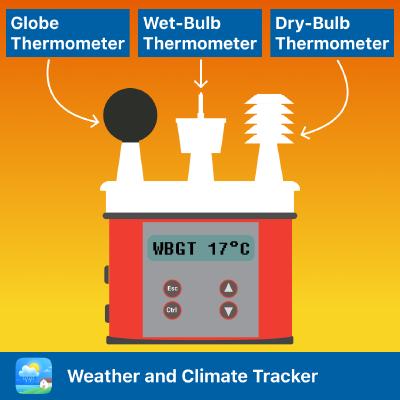
[Earth]
September 2023 compared to Septembers from 1922 to 2022
Uncover how September 2023’s weather trends compare with the past century.
Read more...
[Earth]
Uncover how September 2023’s weather trends compare with the past century.
Read more...
[SKY]
How many colors does the rainbow have? It seems like everyone has known for a long time that it has seven colors. But as it turns out, it’s not all that simple. Isaac Newton was the first to identify seven colors in the rainbow: red, orange, yellow, green, blue, dark blue and purple.
Read more...
[Earth]
Tsunamis are mostly provoked by underwater earthquakes and underwater volcanic eruptions, which sharply raise or lower the seabed and, as a result, move huge masses of water. Until now, the mechanisms of the tsunami have not been thoroughly studied, and it is often difficult to detect an approaching dangerous wave since at first, it is not high enough to start sounding the alarm.
Read more...
[]
Fog is the world draped in mystery. It’s like waking up inside a dream, where everything is hazy, distant, and beautifully eerie. With temperatures hovering between 0 to 10°C (32 to 50°F), fog forms when cold air meets warm, creating a dense blanket of tiny water droplets suspended in the atmosphere.
Read more...
[]
A day with mist is like stepping into a dreamy painting, where everything is soft-focused, ethereal, and slightly surreal. The world transforms, distances blur, and there’s a gentle touch of mystery in the air. It’s as if nature decided to add a soft filter, turning everyday scenes into works of art.
Read more...
[Earth]
In order keep safe when it’s hot outside, it’s important to know how hot it really feels. Scientists created something called the Wet Bulb Globe Temperature or WBGT to measure the heat stress in the air. Imagine you have three thermometers: a regular one, a wet one, and one inside a shiny black ball.
Read more...
[Sky]
Lenticular clouds are one of the most beautiful natural phenomena. When you first see them in a photo, it’s hard to believe that this is a real shoot, not a photoshop. Lenticular clouds are quite rare and can be observed mainly in mountainous areas. Most often they are recorded in the United States, Kamchatka, and near Mount Fuji in Japan.
Read more...
[Earth]
What is a mirage and where does it come from? Mirage is undoubtedly one of the most mysterious atmospheric phenomena that has always been associated with secrets and legends. But in reality, the mirage is easily explained from a scientific point of view. It appears when the air near a highly heated surface (about 60-70 °C) also heats up and becomes inhomogeneous.
Read more...